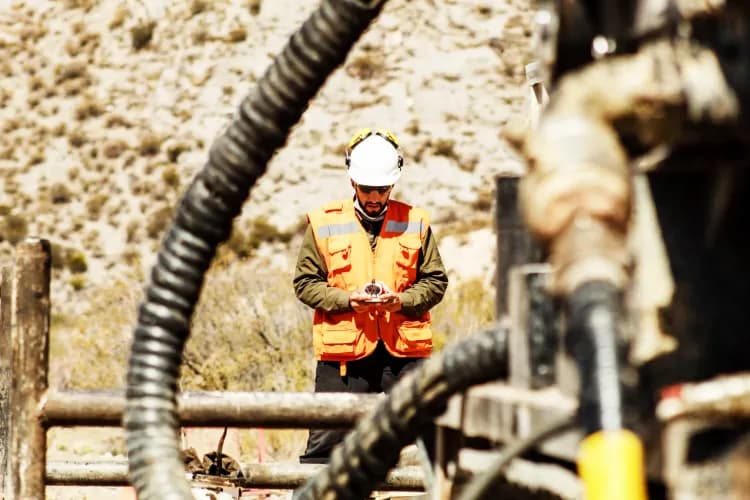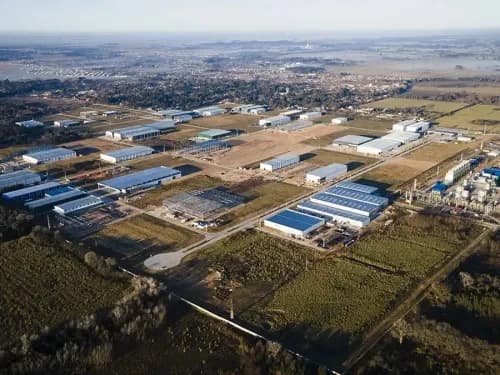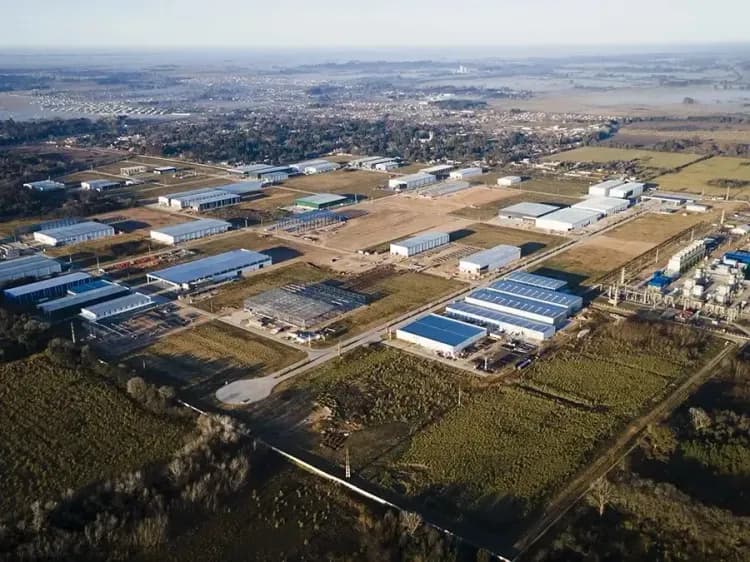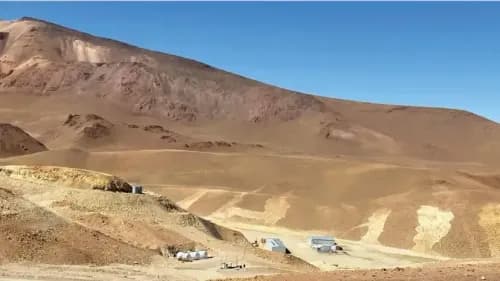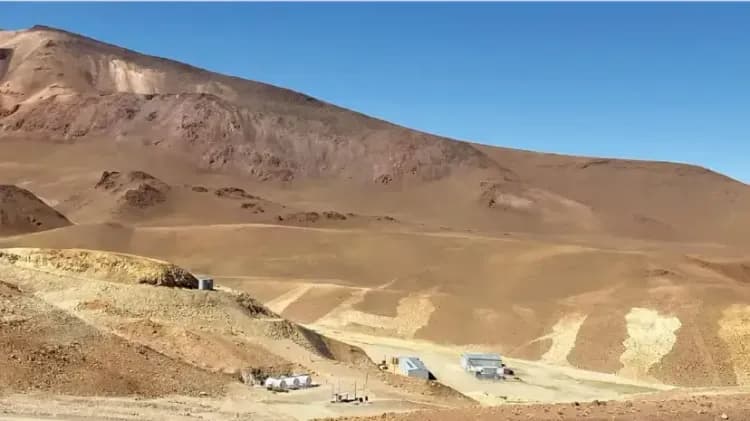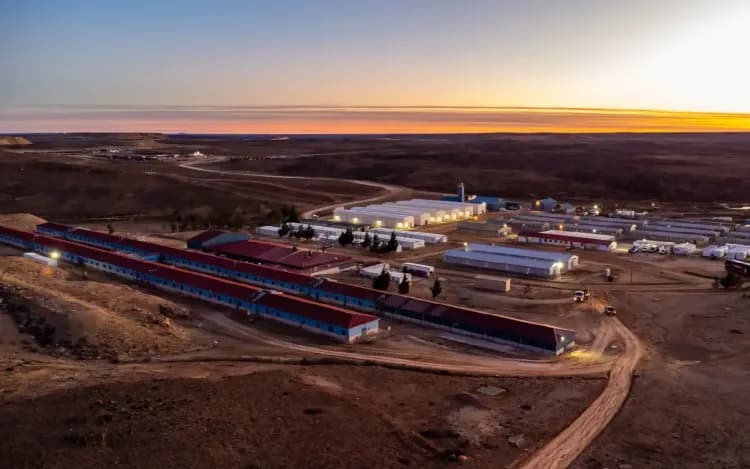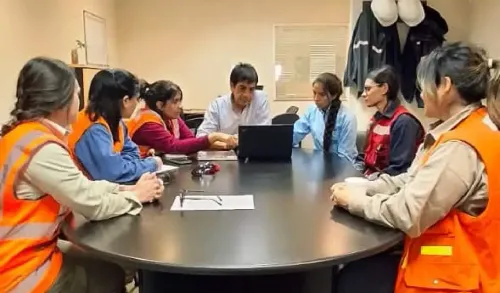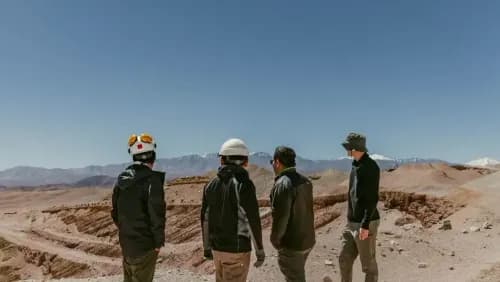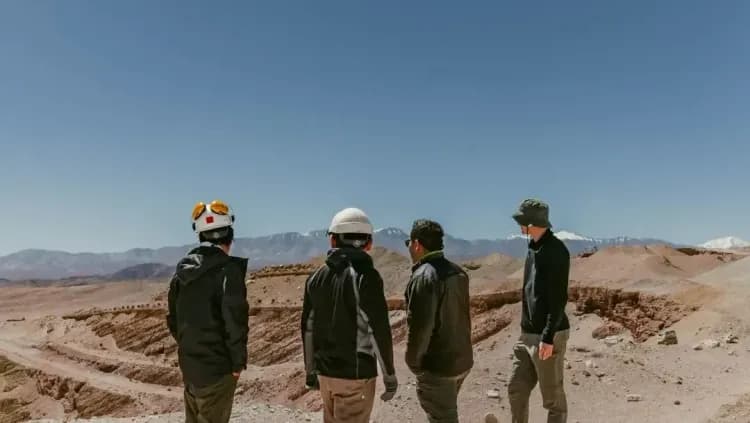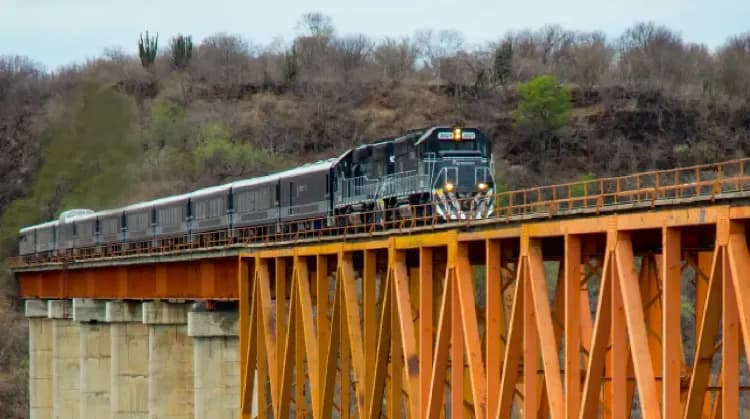This is a key tool to strengthen transparency, streamline procedures, and optimize the management of the province's natural resources.
By Panorama Minero
The Government of San Juan officially presented the Mining Registry and Canon Digitalization Project, a key tool to strengthen transparency, streamline procedures, and optimize the management of the province's natural resources.
During the event, San Juan's Minister of Mining, Dr. Juan Pablo Perea, emphasized the significance of this development as part of the ongoing state modernization process promoted by the current administration: “This digital system represents a major step forward in public administration. It not only enhances efficiency, but also ensures access to information, reduces discretionary practices, and builds trust. Transparent mining is mining with a future,” he stated.
The initiative addresses a long-standing demand: to have accurate and accessible information on mining rights in San Juan. Until now, records were manually kept in physical ledgers, some over 150 years old. Today, the province has a reliable and secure digital database, available online to concessionaires, companies, and the general public. The project was developed entirely with provincial resources and local technical staff, as part of the broader modernization efforts underway across various ministries.
“For decades, accurately answering how many mines San Juan has was a difficult task. Today, we can clearly state that the province has 1,771 registered mines, of which 790 have been surveyed. This marks a before and after in our mining management,” emphasized the minister.
The new system reduces the need for in-person procedures, eliminates errors, helps prevent conflicts, and strengthens the social license of the activity. It was funded with the support of the Federal Investment Council (CFI), developed by a San Juan-based company, and carried out with the collaboration of interns from the National University of San Juan, who digitized over 120 protocol books over the course of several months.
This first module, already in operation, is part of a comprehensive project that will include five additional components in 2025: a digital cadastre, supplier registry, electronic concession file system, registry of mining producers and traders, and a monitoring system for the economic and social impact of mining.
The project is also aligned with San Juan’s commitment to the Extractive Industries Transparency Initiative (EITI), aimed at promoting sustainable and responsible mining development.
Complementing the “Mining Registry,” the system also incorporates the “Mining Canon” (Canon Minero), an annual mandatory payment that concession holders must make to retain ownership of their concession. The new system automatically calculates this canon based on the type of mineral and the number of registered claims, eliminating errors and reducing discretion. Additionally, payments can now be made digitally and remotely.
The system also automates the tracking of deadlines established by the Mining Code, such as the expiration of a concession due to non-payment of the canon, or the three-year exemption period granted to the discoverer of a deposit for the adjudicated claims.


